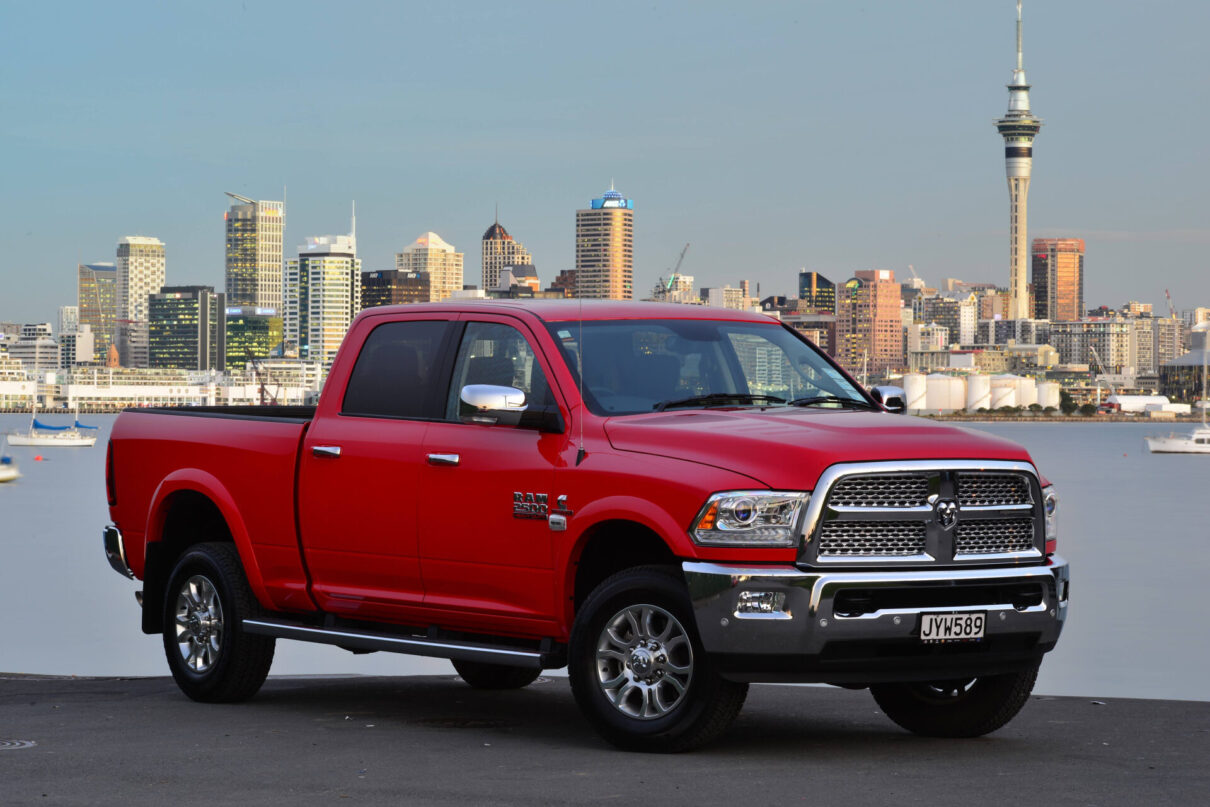Taxes on tampons, tax breaks for luxury utes: gender in the budget

Last week, the federal government announced plans to define menstrual products as “lifestyle-related” and exclude them from NDIS funding.
This would see products like period underwear and tampon inserters placed in the same category as vapes, gambling and gaming PCs.
This isn’t the first time federal policy has made menstrual products harder to afford.
People who menstruate, most of whom are women, fought for nearly two decades for the goods and services tax (GST) to be removed from sanitary products such as tampons. The campaign lasted from before the GST was introduced in the year 2000, all the way up until 2018, when state and federal governments finally agreed to act.
The decision to exempt sanitary products cost the budget $30 million.
This might sound like a lot of money, but in budgetary terms, it’s next to nothing.
By way of comparison, tax breaks for luxury utes cost Australians $250 million last year, according to recent research by The Australia Institute.
While car sales data is not broken down by gender, few would contest that this tax break is mainly enjoyed by men.
And not just any men. The tax break only applies to new vehicles that cost over $80,000. Some of these utes cost up to $250,000, so we’re talking about very rich men.
And while there was some media coverage about this handout to rich blokes, this was nothing compared to the media and political furore when women asked for the tax break on menstrual products.
Before the GST came into effect, then Health Minister Michael Wooldridge was asked why he had made condoms, lubricants and sunscreens GST-free, but had kept the tax on tampons. He responded that “[a]s a bloke, I’d like shaving cream exempt, but I’m not expecting it to be”.
This kind of attitude prevailed despite significant public opposition, including petitions with tens of thousands of signatories.
In 2015, on ABC’s Q&A, then Treasurer Joe Hockey was asked whether he thought sanitary products were an essential health good. Put on the spot, he agreed they should be GST exempt. Once safely off TV, Hockey did bring up the issue with the states, but it got shelved after pushback from Liberal state treasurers.
In 2017 and 2018, Greens senators unsuccessfully introduced legislation to remove the tax and Labor pledged to remove it in 2018. Eventually, after years of public and political pressure, state and federal governments relented and agreed in October 2018 to remove the tax.
The point here is that the tax system and government budgets have gendered impacts and men frequently seem to come out on top. Women, people who menstruate and sympathetic men had to fight hard for a $30 million tax break on essential health goods, while a bunch of rich guys who make our roads less safe, take up extra car parks, and pump huge clouds of pollutants into the air, never even had to ask for their $250 million tax break.
People like Scott Morrison either don’t get this or pretend not to. In 2018, he told Australians that “you don’t fill out pink forms and blue forms on your tax return. It doesn’t look at what your gender is any more than it looks at whether you are left-handed or right-handed.”
So it’s a bit ironic that it was Scott Morrison’s government that reintroduced a Women’s Budget Statement, the first government to do since 2013. This happened in May 2021, in the midst of that government’s “women problem”.
While Australia hadn’t had a women’s budget statement for some time, we used to lead the world in gender budgeting. Beginning with the Hawke Government in 1984, we published a statement about how each year’s budget would affect women, and the practice spread internationally. Over half of OECD countries have adopted gender budgeting, with Nordic countries doing it particularly effectively. (There’s a great chapter on this by Lenita Freidenvall and Marian Sawer in The Australia Institute’s Nordic Policy Centre book, The Nordic Edge.)
Unfortunately, the Australian Government’s recent efforts at gender budgeting tend to highlight spending on programs that affect women, rather than critical analysis of the gendered impacts of major budget items. You certainly won’t read about blokey ute tax breaks in them.
Gender budget statements, and other independent analysis of government spending, should force governments to examine and account for how their policies unevenly impact people of different genders. When this doesn’t happen, inequity flies under the radar.
If governments are serious about making Australia fairer and more equal, they need to call out and reform bad policies like the ute loophole and excluding period products from the NDIS. Let’s hope it doesn’t take twenty years of public pressure to do this.
Between the Lines Newsletter
The biggest stories and the best analysis from the team at the Australia Institute, delivered to your inbox every fortnight.
You might also like
Silence on big ute subsidies as Coalition backflips on EV’s
As Peter Dutton announces a Coalition government would scrap tax breaks for people who buy electric vehicles, The Australia Institute has called for him to scrap the ridiculous tax break for people who buy big utes.
If the Productivity Commission was serious about productivity, it would not target EVs
The Productivity Commission’s ideological slip is showing, and as a result, the advice it is giving the government is as confused as it is unproductive.
5 ways and 63 billion reasons to improve Australia’s tax system
With a federal election just around the corner, new analysis from The Australia Institute reveals 63 billion reasons why our next Parliament should improve the nation’s tax system.


